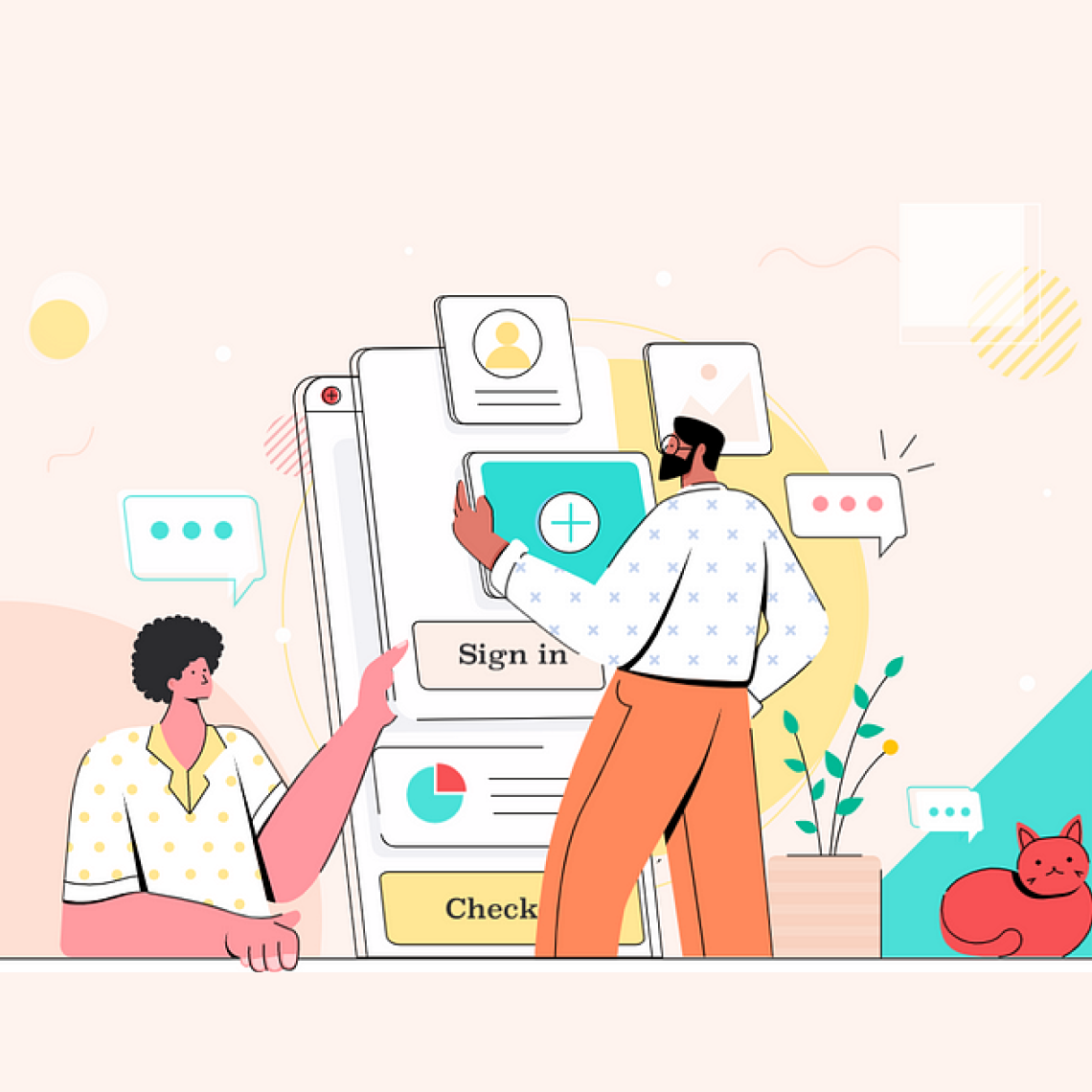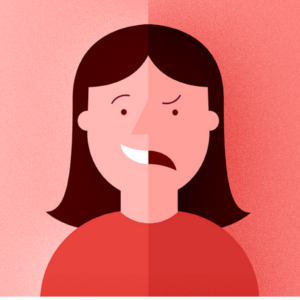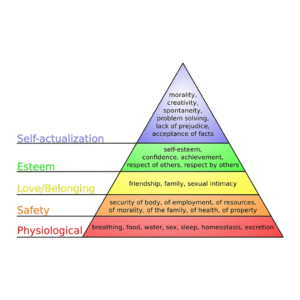A bias is an inclination or prejudice about or towards something or someone. Biases are based totally on stereotypes, as opposed to the actual expertise or circumstances of an individual. Such cognitive shortcuts can bring about prejudgments that result in rash decisions or discriminatory practices. It’s like making up your mind about someone based on assumptions or preconceived notions before you’ve gotten to know them well.
A bias is favoring or having a prejudice against something primarily based on restricted facts.
Biases have a serious implication on user research and negatively affect the layout of your final product. All of us have biases, and they’re frequently unconsciously developed. Overcoming biases in UX research is vital to create a successful product that is inclusive, usable, and accessible, hence managing to meet the expectation of all kinds of users.
Six (seven actually) types of biases in UX research
- Confirmation bias
- Fake consensus bias
- Primacy bias
- Recency bias
- Implicit bias
- Sunk value fallacy
- Affirmation Bias
Confirmation bias
This bias comes into play when you begin looking for evidence to prove a hypothesis. Instead of finding the true solution, you’re just interested in finding the facts that will confirm your beliefs and preconceptions. Someone with a confirmation bias will think they already know the problem and solution, they just need to validate it with facts. During your research, you’ll tend to gravitate closer to evidence that supports this notion, and you’ll also use it to build your case, even though it’s not always authentic.
One of the most effective methods for overcoming confirmation bias for the duration of research is to invite open-ended questions when engaging in interviews. You need to get into the habit of actively listening without adding a layer of your judgment over it. Meaning, make sure you aren’t leading your interviewees toward the answer which you need them to offer. Another way to keep this bias away is having a large participant. Make sure you’re not simply searching out a small group of people who support your preconceived notion but you talk to people with varied views.
False consensus bias
False consensus bias is the belief that others will support an idea in the same manner as you do. In UX research, the false consensus bias occurs when we overestimate the variety of individuals who will trust our idea or design, which creates a false consensus.
You can keep away from fake consensus bias by figuring out and articulating your assumptions. As an example, you might live in a community that often identifies with sure political opinions. Suppose you meet someone new, you would possibly assume they share your political beliefs because you both are of the same age and stay in the same town. However, that isn’t necessarily true. Finding some individuals who do align with your beliefs and assuming they represent the whole community is a fake consensus. That’s another good reason to survey a large number of people.
Recency bias
Recency bias takes place when it’s easiest to not forget what you heard in an interview, communication, or similar setting, as it’s the latest. While talking to someone, you’re more likely to not forget things they shared at the end of your conversation.
To conquer the recency bias, you could take detailed notes or recordings of each interview or verbal exchange you’ve got. This way, you can review what the participant has said at the start of the communication/interview in case you have missed taking it into account.
Primacy bias
Primacy bias occurs whilst you take into account the first participant most strongly. Occasionally, the first man or woman you meet makes the strongest impression on you due to the fact you’re in a brand new situation.
The primacy bias, like the recency bias, is another reason to take specific notes or recordings, so that you can evaluate a whole lot of participants equally and not just the memorable first impressions. Recency and primacy biases additionally display why you need to interview each participant in an identical way. Consistency makes it less complicated to compare. Consistency makes it more likely that you’ll recall the uncommon and vital moments that take place at some point in your studies.
Implicit bias
Implicit bias is a group of attitudes and stereotypes we associate with people without our aware expertise. Implicit bias is also referred to as unconscious bias. One of the most common kinds of implicit bias in UX is when we interview people within a confined set of identification profiles, which might include race, age, gender, socioeconomic popularity, and capacity.
Those profiles are generally primarily based on assumptions. For instance, the implicit bias would possibly motivate you to experience uncomfortable interviews with people whose lifestyle patterns are specific to your personal life. To conquer this bias, we can mirror our behavior. We can ask others to point out our implicit biases. That’s one reliable method to make us aware of our preferences.
Sunk value fallacy
Sunk fee fallacy is the concept that the deeper we get into an assignment or the more time we’ve invested, the more difficult it’s for us to change routes without feeling like we’ve failed or wasted time. The word “sunk fee” refers to the time we’ve already spent or sunk right into a task or interest. For instance, you may think to yourself, I might as well continue watching this horrible movie because I’ve watched an hour of it already.
For UX designers, the sunk fee fallacy comes into play while designing. You might have invested hours into designing a brand new characteristic, but then learned that the function doesn’t address the real problem. It’s convenient to continue operating on a layout that you’ve invested your time in.
To avoid the sunk value fallacy, break down your task into smaller phases, after which outline unique factors in which you may determine whether or not to keep going forward. This informs you about the challenges of the task beforehand and saves a lot of time and effort.
A few uncommon biases in UX studies
- Way of life bias: This occurs whilst a researcher translates consequences based on their very own cultural ideals or attitudes rather than from a neutral point of view. It additionally involves a moderator making involuntary pointers to a participant which impacts the manner a participant answers.
- Social desirability bias: This form of bias takes place whilst members solve what they assume a moderator or commercial enterprise desires to hear. This bias could contain a participant giving similar answers to questions that appear alike. Similarly, they may also use their opinion of your problem to answer questions as opposed to an impartial, objective manner.
- The Hawthorne effect: This takes place while participants are very aware that they are being observed. So, they focus extra on what they’re doing and try hard to solve any trouble instead of being relaxed and natural.
- Availability bias: This type of bias takes place whilst a researcher lowers the recruitment filters or avoids the use of screener questions. In addition, stakeholders or sponsor organizations could choose members who they favor and may be extra proactive. But this has a risk of reducing the likelihood of having objective insights into the problem.
- Wording bias: Also known as the framing impact, this form of bias takes place when a researcher frames a question in a positive way that suggests a solution.
Now that you know these biases, you may even begin noticing them in your day-to-day life. The more figuring out bias becomes a habit, the better you’ll get at warding off biases in your research and design process.
















